A Bright Morning in Pedro Bay
July 20, 2024, started like many serene mornings in the remote expanses of Alaska. The DeHavilland Beaver U-6A, a rugged 1955 floatplane registered as N65223, was preparing for a routine flight from Pedro Bay to Kokhanok. With six souls on board — the experienced pilot and five passengers — the aircraft pushed off into the crisp morning air under clear skies.
The pilot, a 56-year-old commercial aviator with an impressive 3,617 total flight hours (415 specifically in the Beaver), was no stranger to these wild Alaskan waterways. Holding both single-engine land and sea ratings, and a valid second-class medical certificate, he had flown extensively for Rainbow River Lodge Aviation LLC, a Part 135 on-demand charter operator.
Yet, even the most seasoned hands can find themselves at the mercy of nature’s simple forces.
The Sun Plays Its Tricks
As the Beaver accelerated during takeoff, the pilot skillfully got the plane “on step,” the critical stage where a floatplane rides atop the water at high speed, just before lifting off. However, the river twisted, and as the airplane rounded a bend, it faced directly into the rising sun.
The glare was blinding.
Despite his experience, the pilot found his vision compromised. Unable to clearly see the river’s edges, the airplane drifted left, unnoticed until it was too late. The left wingtip snagged bushes on the riverbank. In an instant, the Beaver veered sharply, pulled onto the shore, and came to an ungraceful halt.
Miraculously, none of the six onboard suffered injuries. The aircraft, however, sustained substantial damage, particularly to the left wing strut.
Post-Flight Reflections
In the investigation that followed, the National Transportation Safety Board (NTSB) determined that the probable cause of the accident was the pilot’s failure to maintain directional control during takeoff. The intense glare from the sun was cited as a contributing factor.
The report made it clear: there were no mechanical issues with the aircraft that contributed to the mishap. The Beaver had undergone a 100-hour inspection just days before and was found to be in airworthy condition. Its Pratt & Whitney R-985 engine, capable of churning out 450 horsepower, performed flawlessly until the encounter with the riverbank.

Key Safety Lessons from Pedro Bay
This accident, while fortunately minor in human terms, serves as a powerful reminder about the perils of visual impairments during critical flight operations.
1. Never Underestimate Environmental Conditions:
Even on clear days, elements like sun glare can pose serious threats. Glare can reduce depth perception and obliterate visual cues necessary for safe maneuvering, particularly near terrain.
2. Plan for Sun Angles:
Takeoff and landing phases, especially in floatplanes, often happen close to the ground (or water). When operating around sunrise or sunset, pilots must anticipate sun positioning. Strategic runway (or waterway) choice, timing adjustments, or wearing polarized lenses could mitigate risks.
3. Stay Vigilant Even When Familiar:
With 415 hours logged in the DeHavilland Beaver, the pilot was highly familiar with the aircraft’s behavior. Still, accidents often occur during routine operations where comfort may sometimes erode the sharp edge of caution.
4. Maintain Situational Awareness:
Environmental obstacles like riverbanks, trees, and even floating debris demand a sharp, continuous scan during water operations. Losing sight, even momentarily, can lead to costly accidents.
5. Trust Your Instincts When Conditions Deteriorate:
If the view forward is significantly compromised, delaying takeoff or repositioning for a better angle may be the safer call — even if it inconveniences the schedule.
A Close Call but a Valuable Lesson
In aviation, sometimes the biggest lessons come from the close calls — not the catastrophes. Thanks to careful piloting and perhaps a touch of luck, everyone aboard that floatplane walked away unscathed. But the battered Beaver left behind a story: one where preparation met an unexpected twist of nature.
As pilots, it’s vital to remember that even the most mundane environmental factors can snowball into significant hazards if not respected. The sun — giver of life — can, at times, be a formidable adversary when left unchallenged in the cockpit.

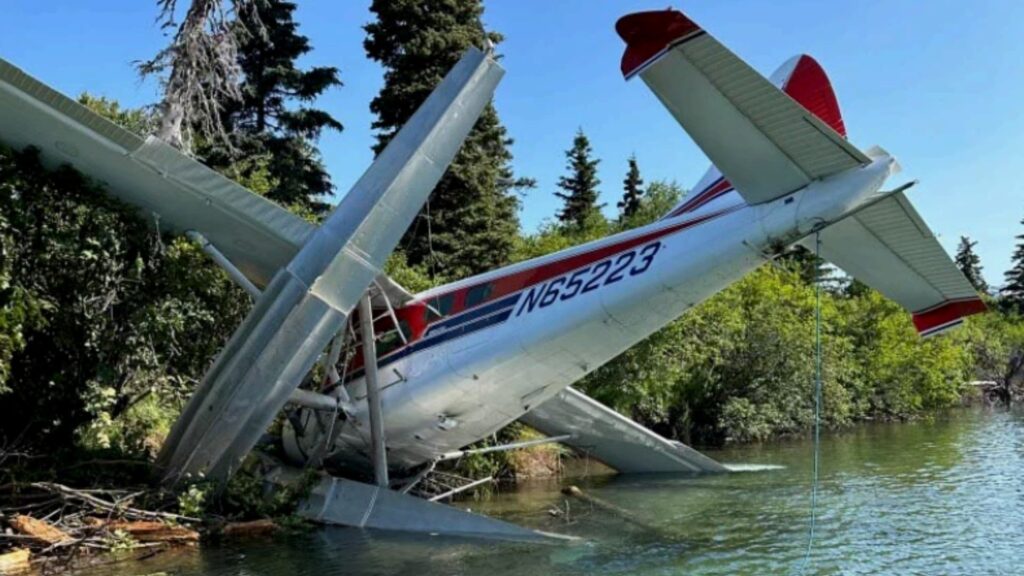



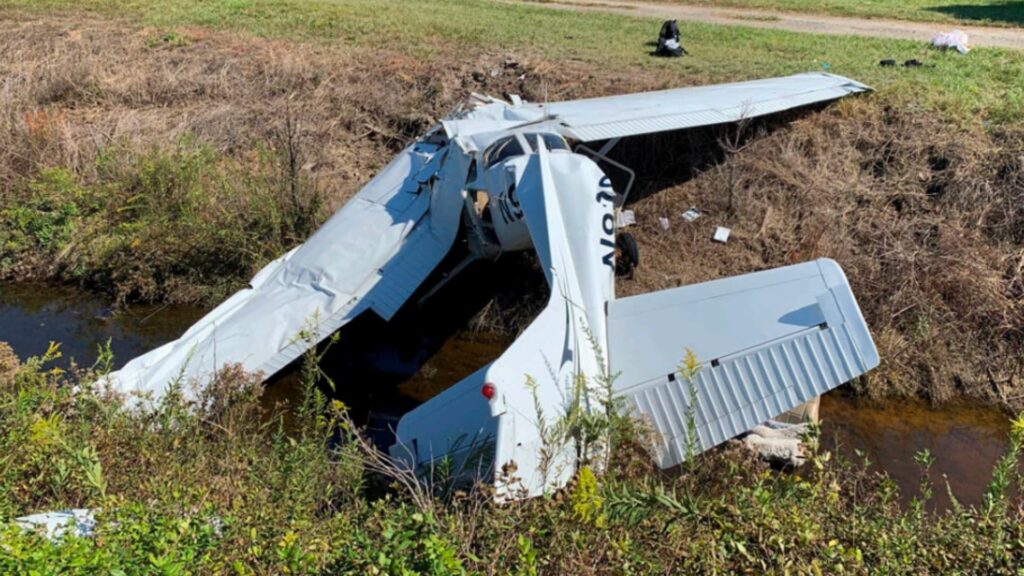
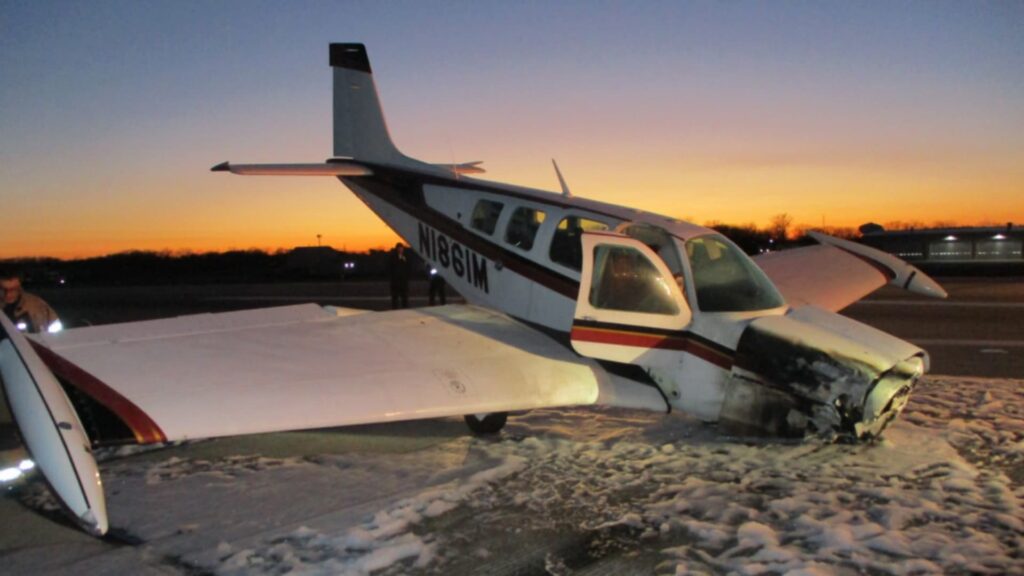
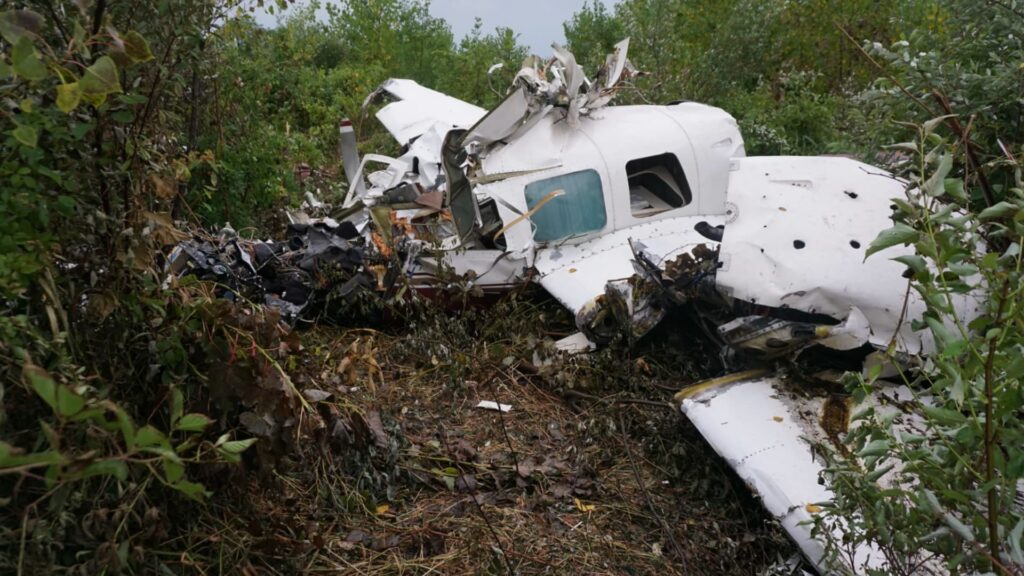
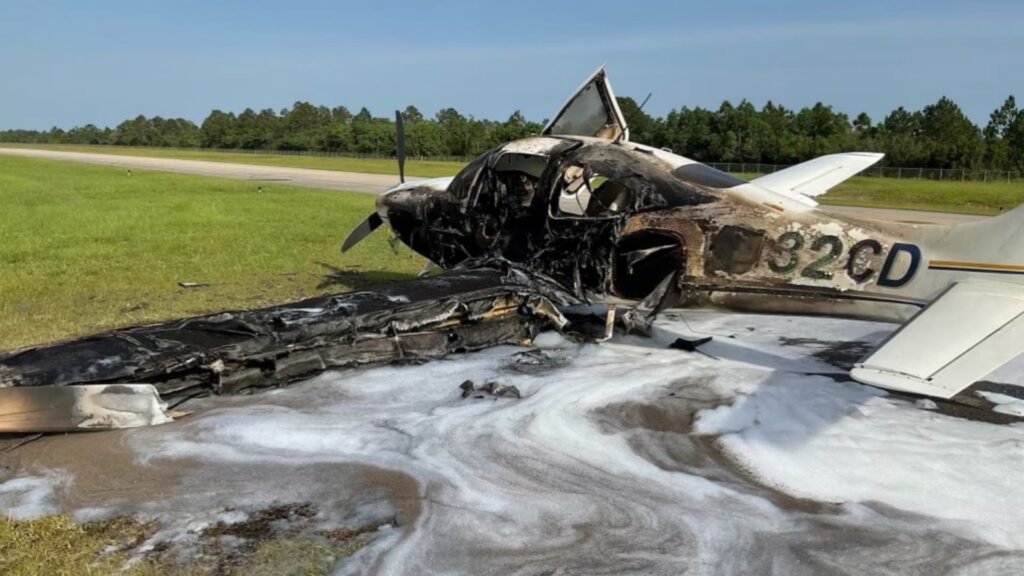
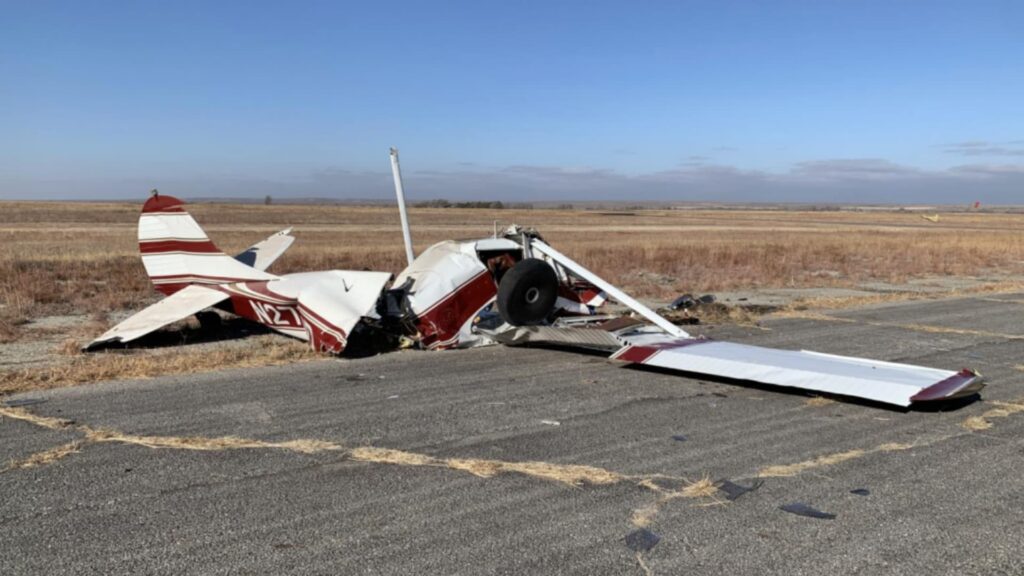
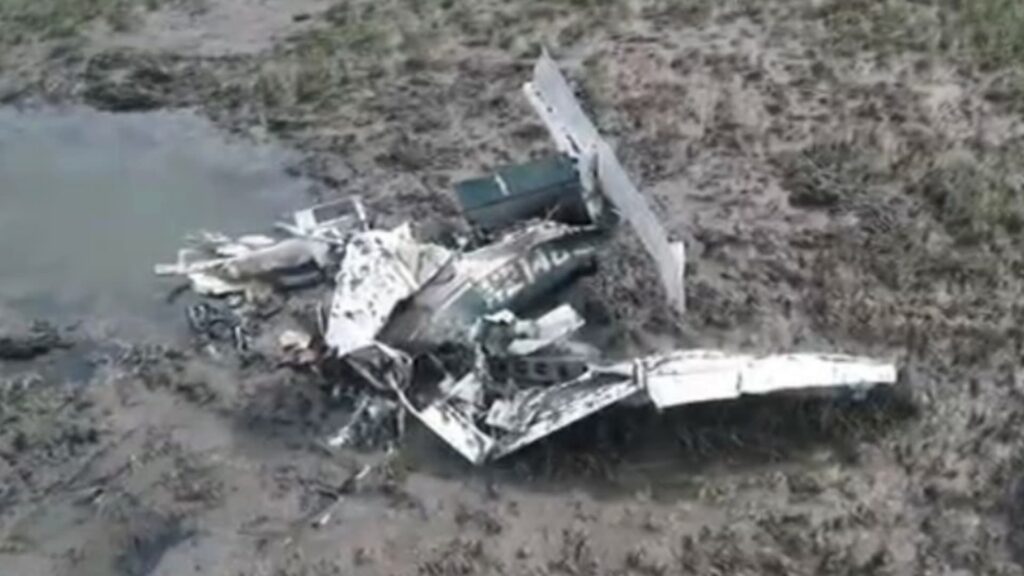
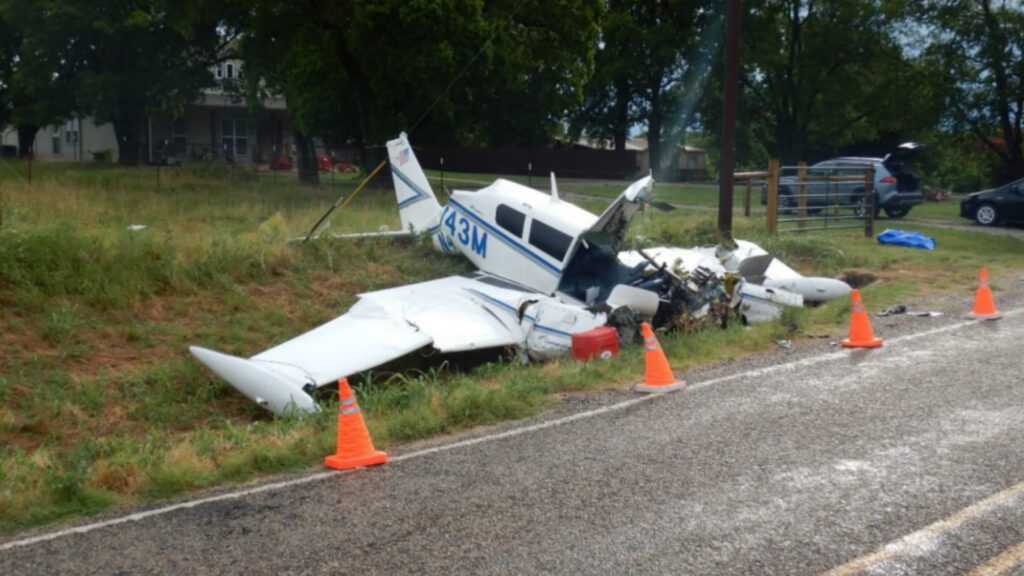
3 Comments
As “visual impairments” go during “critical operations”, I have investigated at least 2 cases of pilots visual impairment when flying a final approach to a short strip in rain. Both cases the aircraft hit the water because they were unable to differentiate between rainy air and solid water surface. One case, the pilot survived for he was ejected through the windshield; but his passenger on the right seat of a Beaver, hit the metal structure. The pilot landed in the river and was saved from drowning by passing river canoes. During my early bush flying days when I saw the old pilots go ahead while I turned back, I felt ashamed; but after some of them bought the farm, with their passengers; I no longer felt remorse when turning back.
“Takeoff and landing phases ……. often happen close to the ground.” 😂 A bit of a truism – where else are they going to occur?
The old bush pilot joke about the float plane crash that all survived and was due to extreme overloading. Passenger said to pilot “That was terrible.” Pilot replied, “No, I made it 20 feet further than the last time.”